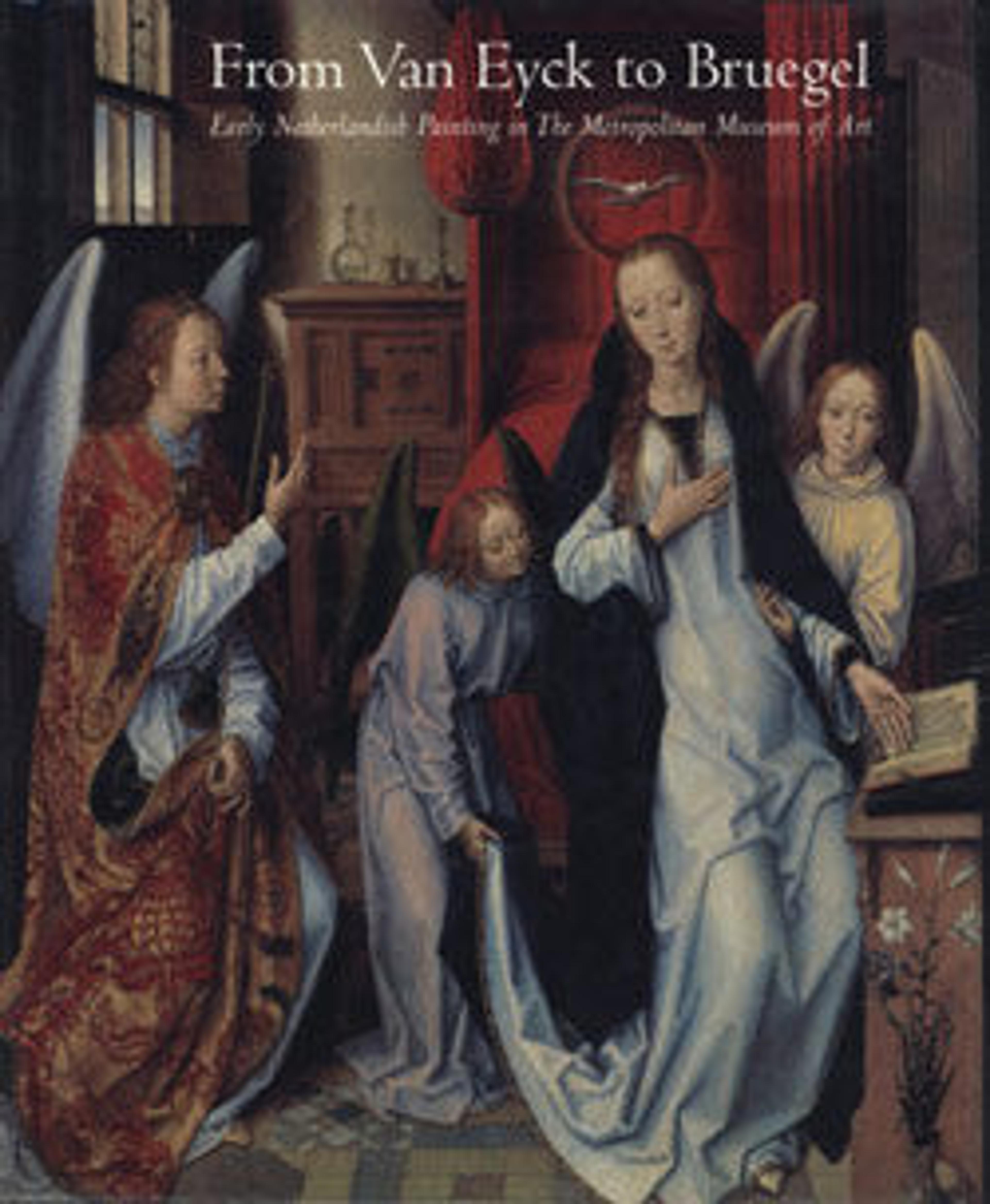Virgin and Child
This painting of the Virgin and Child formed what would have been a diptych with a portrait of a donor, possibly presented by his or her patron saint, on the accompanying panel at the right. Dendrochronology established that wood from the same tree was used for this painting's support as well as Memling's Bathsheba at her Bath (ca. 1485, Staatsgalerie Stuttgart), reinforcing the connection between The Met's picture and Memling's workshop.
Artwork Details
- Title: Virgin and Child
- Artist: Workshop of Hans Memling (Netherlandish, Seligenstadt, active by 1465–died 1494 Bruges)
- Date: ca. 1490–94
- Medium: Oil on wood
- Dimensions: Overall 14 1/8 x 10 1/4 in. (35.9 x 26 cm); painted surface 13 3/8 x 9 1/2 in. (34 x 24.1 cm)
- Classification: Paintings
- Credit Line: The Friedsam Collection, Bequest of Michael Friedsam, 1931
- Object Number: 32.100.58
- Curatorial Department: European Paintings
More Artwork
Research Resources
The Met provides unparalleled resources for research and welcomes an international community of students and scholars. The Met's Open Access API is where creators and researchers can connect to the The Met collection. Open Access data and public domain images are available for unrestricted commercial and noncommercial use without permission or fee.
To request images under copyright and other restrictions, please use this Image Request form.
Feedback
We continue to research and examine historical and cultural context for objects in The Met collection. If you have comments or questions about this object record, please complete and submit this form. The Museum looks forward to receiving your comments.
